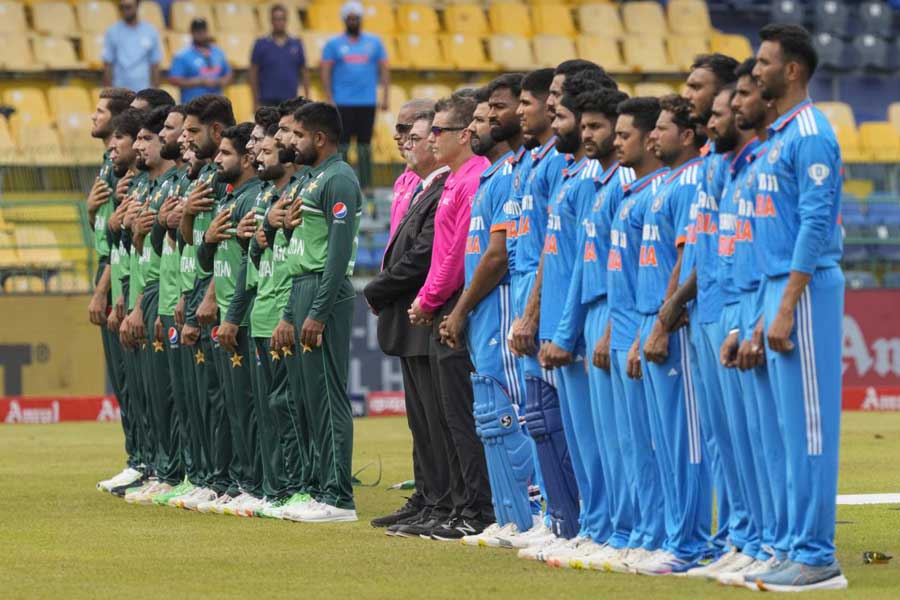 |
| A labourer prunes a tree on Airport Road to remove obstacles from the flight path. Telegraph picture |
The Airports Authority of India has submitted a fresh application to the directorate-general of civil aviation seeking operating licence for Patna airport.
In the fresh application, the AAI has stated that it has complied with all criteria for operating the airport, including removal of obstacles from the flight path, development of runway and apron and installing aircraft handling equipment.
On December 19, senior officers of the AAI and the DGCA, along with a team of International Civil Aviation Organisation inspected the airport. Manohar Lal Lehkra, regional director (east), AAI, headed the team.
“We carried out a detailed inspection of the airport. We checked the removal of obstacles from the aircraft approach funnel, fire services, condition of the runway and infrastructure development,” said Lehkra.
He added: “On the basis of the assessment, we are of the view that the airport has fulfilled all criteria for being granted the operating licence. Accordingly, we submitted an application to the DGCA in the last week of December (2012). We expect that the DGCA would carry out a final round of inspection by sending its team to Patna airport in a couple of weeks and arrive at a decision thereafter.”
The DGCA issues or renews the operating licence of airports on the basis of annexe 14, volume 1 of the ICAO. The fourth chapter of the document deals with the removal of obstacles from the aircraft path. The Patna airport had been denied renewal of licence by the DGCA in June last year because it did not conform to the standards.
The Patna airport authorities carried out the works to adhere to the standards after August 3 last year after the AAI issued a Notice to Airmen (Notam), reducing the runway length and allowing only smaller aircraft like ATR and Bombardier CRJ to operate at the state capital facility.
“Some obstacles — like the secretariat clock tower — have been notified as permanent obstacles. Accordingly, the glide angle for aircraft landing has been fixed at 2.5 per cent. It would have been 2 per cent otherwise,” said Lehkra.
He added: “Grading and levelling of the runway have also been done over the past few months. Resa (runway end safety areas) has also been developed at the end of both runways.”
Resa is the area beyond the runway which checks damage to an aircraft if it overshoots.
Sources said another factor that would influence if the licence would be issued is the ICAO report. It would be sent to the DGCA from the headquarters of the organisation in Montreal, Canada.











